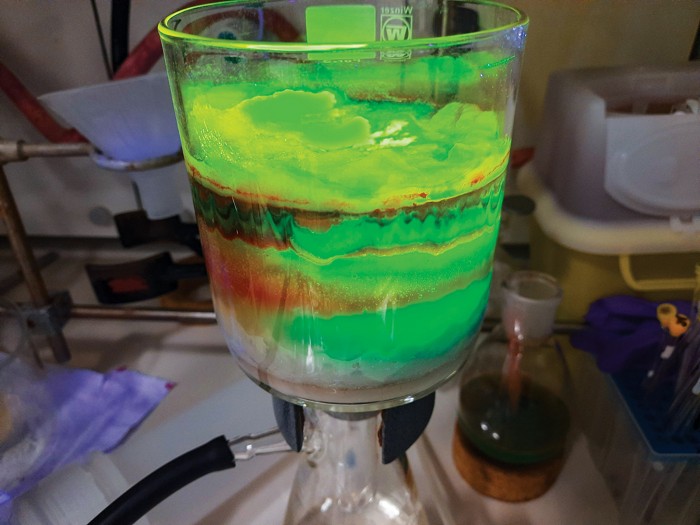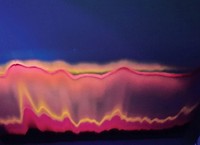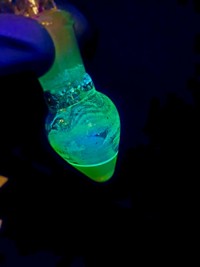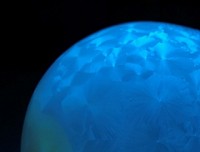Advertisement
Grab your lab coat. Let's get started
Welcome!
Welcome!
Create an account below to get 6 C&EN articles per month, receive newsletters and more - all free.
It seems this is your first time logging in online. Please enter the following information to continue.
As an ACS member you automatically get access to this site. All we need is few more details to create your reading experience.
Not you? Sign in with a different account.
Not you? Sign in with a different account.
ERROR 1
ERROR 1
ERROR 2
ERROR 2
ERROR 2
ERROR 2
ERROR 2
Password and Confirm password must match.
If you have an ACS member number, please enter it here so we can link this account to your membership. (optional)
ERROR 2
ACS values your privacy. By submitting your information, you are gaining access to C&EN and subscribing to our weekly newsletter. We use the information you provide to make your reading experience better, and we will never sell your data to third party members.
Synthesis
Chemistry In Pictures
Chemistry in Pictures: Fluorescent filtration
by Manny I. Fox Morone
May 1, 2024

This silica plug glows green thanks to the fluorescent molecule that Anna Poryvai was filtering. Similar to a silica column, a silica plug—basically just a short, stout column of silica in a fritted funnel—enables chemists to quickly separate impurities from a reaction mixture. In this case, Poryvai—a postdoc at the Swiss Federal Institute of Technology, Lausanne (EPFL)—was synthesizing a fluorescent photocage molecule, a compound that falls apart into smaller molecules when it’s hit with certain wavelengths of light. One goal of the research is to make photocage molecules that break up and release drugs when irradiated. These photocages could be given to a person with, say, cancer so that when a doctor applies light to just the cancerous part of the person’s body, the photocage breaks down and delivers the drug molecule to the right place.
Submitted by Anna Poryvai
Do science. Take pictures. Win money. Enter our photo contest.





Join the conversation
Contact the reporter
Submit a Letter to the Editor for publication
Engage with us on Twitter